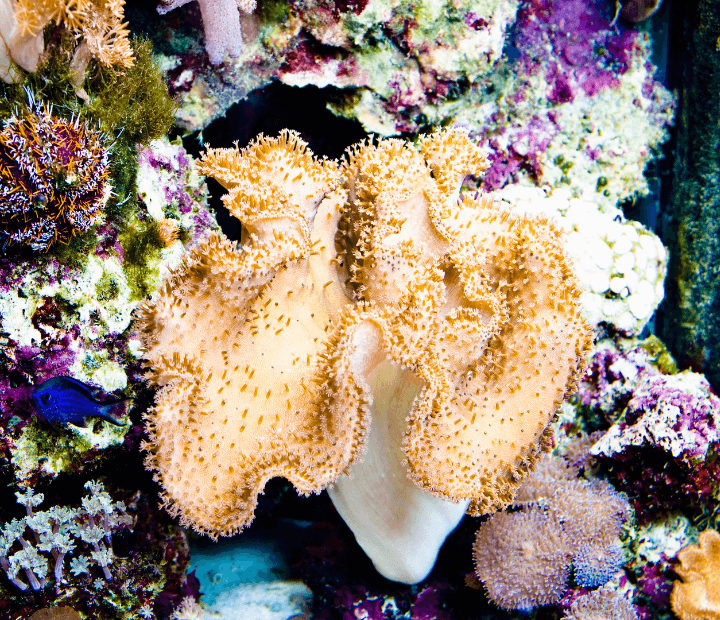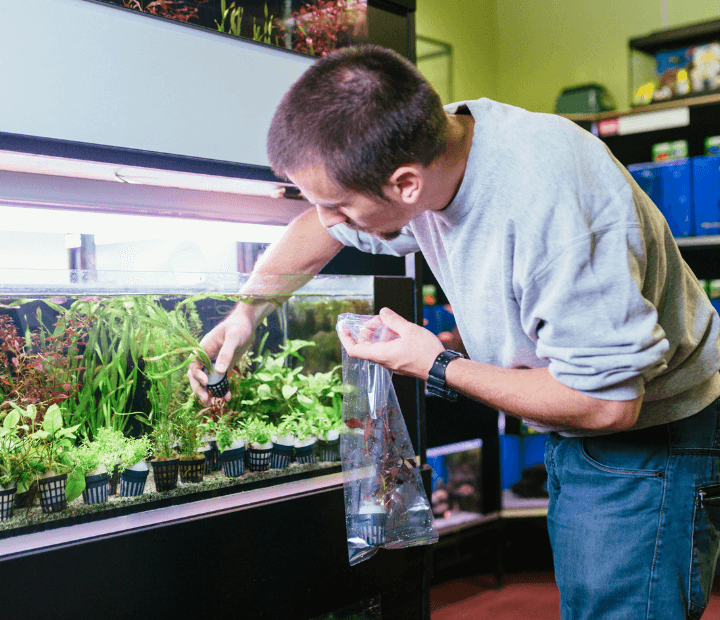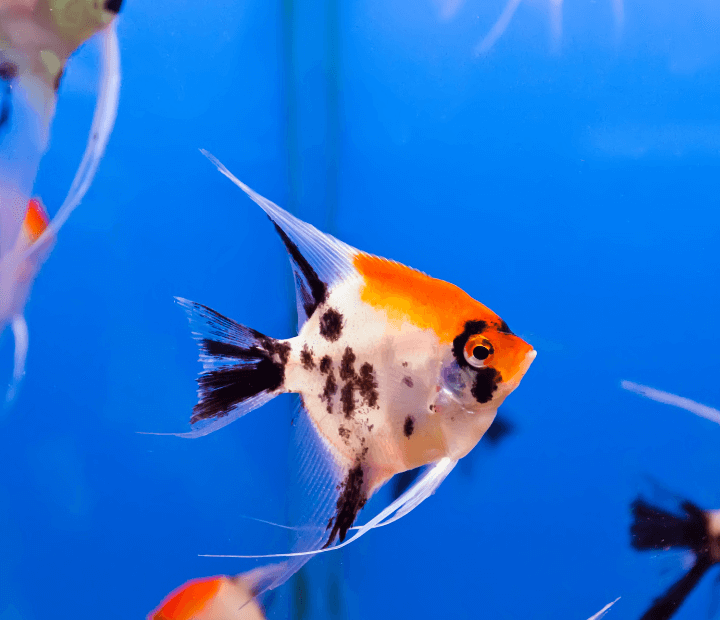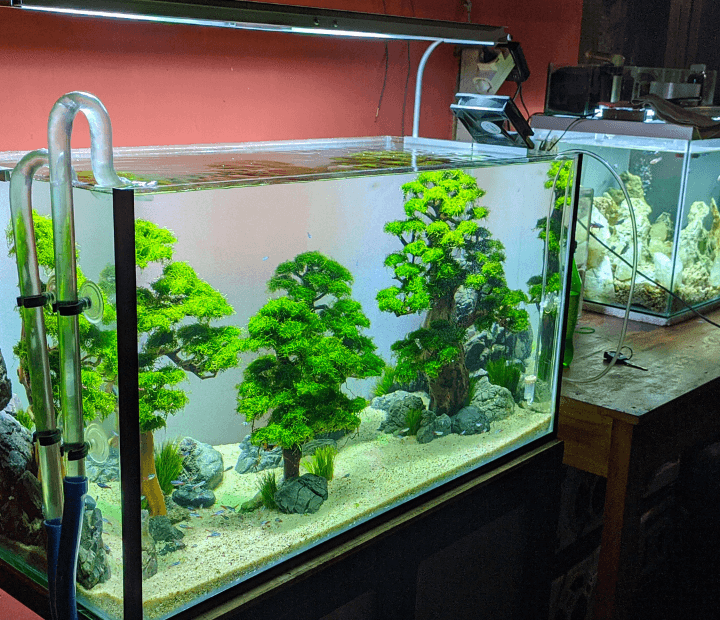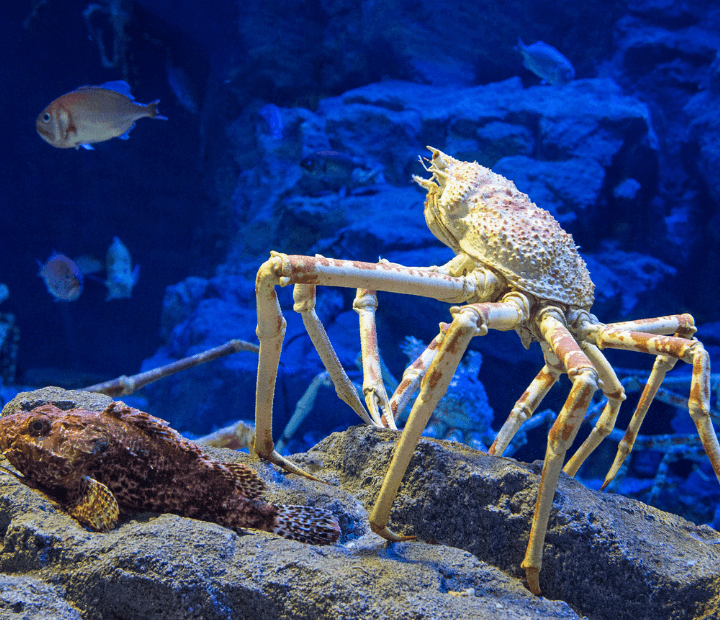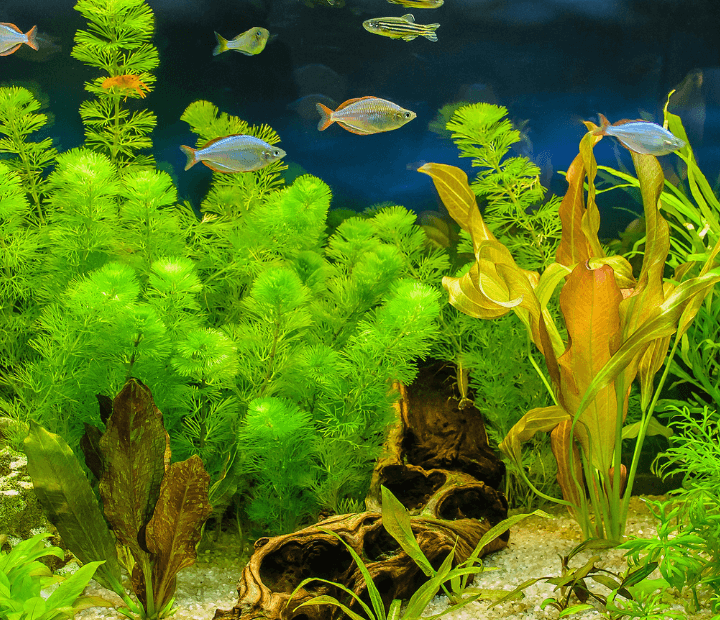The Diversity of Puget Sound Marine Life
The Puget Sound is not just a body of water; it’s a dynamic ecosystem that pulsates with life, drawing in enthusiasts and scientists alike to marvel at its intricate web of biodiversity. This expansive inland sea, stretching over 100 miles from the Strait of Juan de Fuca to the southern tip of Puget Sound, is home to a staggering array of marine organisms, each playing a unique role in the delicate balance of this underwater world.
One of the most iconic and ecologically significant inhabitants of Puget Sound is undoubtedly the Pacific salmon. These magnificent fish, with their mesmerizing migration patterns, are deeply ingrained in the cultural and ecological fabric of the region. From the powerful Chinook, known as the king of salmon, to the acrobatic coho and the vibrant sockeye, each species contributes to the rich tapestry of life in the Sound. Witnessing the annual salmon runs, as these resilient fish navigate upstream against powerful currents to spawn in the very waters where they were born, is a testament to the awe-inspiring forces of nature at play.
Beyond the salmon, the Puget Sound hosts a diverse community of fish species, ranging from the elusive rockfish to the formidable lingcod and the flat-bodied flounders. These fish inhabit a variety of habitats, from rocky outcrops and kelp forests to sandy shallows and seagrass meadows, showcasing the remarkable adaptability of marine life in the face of diverse environmental conditions. Each species has evolved unique behaviors and strategies for survival, from the cryptic camouflage of the decorator crabs to the intricate mating rituals of the colorful rockfish.
Venturing into the intertidal zone reveals a hidden world of invertebrate diversity, where tide pools teem with life. Here, among the rocky crevices and swirling currents, one can encounter an astonishing array of creatures, from the iconic ochre sea stars to the otherworldly nudibranchs and the industrious hermit crabs. These resilient organisms have adapted to the harsh conditions of the intertidal zone, where they must endure exposure to air, fluctuating temperatures, and predation by opportunistic predators.
Plant life also thrives in the Puget Sound, with towering kelp forests swaying gently in the currents and seagrass meadows providing essential habitat for a myriad of marine organisms. Kelp, with its towering fronds and intricate holdfasts, forms underwater forests that support a diverse community of fish, invertebrates, and algae. These underwater ecosystems provide vital services, including carbon sequestration, shoreline stabilization, and habitat for commercially important species like Dungeness crab and Pacific herring.
In conclusion, the Puget Sound is a treasure trove of marine biodiversity, offering endless opportunities for exploration and discovery. By studying and appreciating the richness of life in the Sound, we gain a deeper understanding of the interconnectedness of ecosystems and the importance of conservation efforts to protect them for future generations.
